-
 2024.10.14
2024.10.14Flange connections are a common and key component in piping and equipment systems, used to connect pipe sections, valves, pumps, and other components. The integrity of flange connections is directly linked to the safety and stable operation of the entire system. In flange connections, bolts play a key role in maintaining the integrity of the pipeline system. They must be tightened with sufficient torque to ensure that the system remains leak-free and functional despite pressure fluctuations, thermal expansion, or mechanical vibrations. Flange bolt torque technology involves controlling ......
-
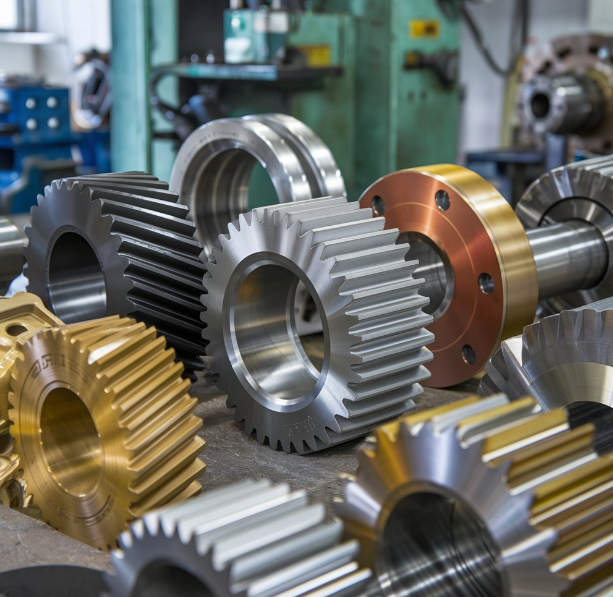 2024.10.14
2024.10.14Case hardening techniques play a crucial role in enhancing the surface properties of metal components. Among these techniques, Carburizing, Nitriding, and Carbonitriding are three of the most widely used methods. This article will introduce each process, compare their differences, and provide assistance in choosing the best surface treatment for specific applications. What Is Carburizing? Carburizing, also known as carburising and carburization, is a heat treatment and surface hardening technique designed to enhance the hardness and wear resistance of metal (usually steel) by allowing i......
-
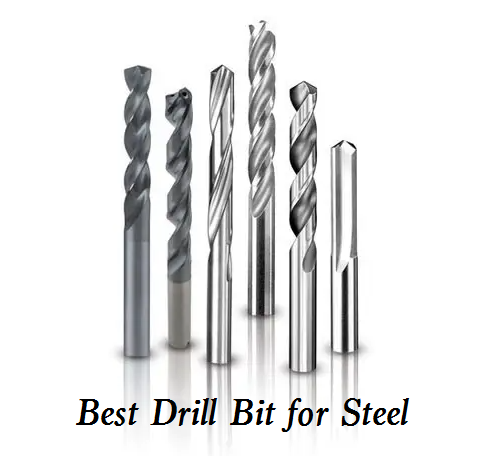 2024.10.11
2024.10.11Drill bits can be made of various materials; understanding the relative hardness of your drill bits compared to that of the material you are drilling is critical for the tool selection. Here we’ll explore the hardest or strongest drill bit material, carbide vs cobalt, and the best choice for hardened steel and stainless steel. Strongest Drill Bit Material – What Are the Hardest Drill Bits? There are a few different materials that drill bits can be made of, with varying levels of hardness. The tungsten carbide is considered the strongest drill bit material and can work w......
-
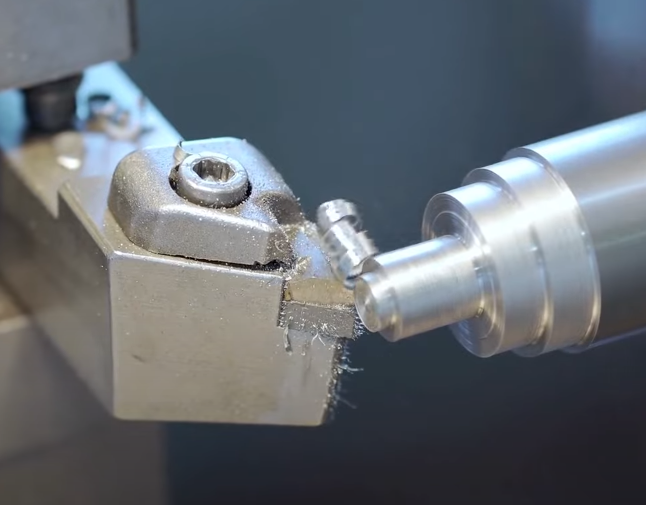 2024.9.24
2024.9.24A cutting speed that is too low or too high will harm the quality of machined parts and the life of tools in CNC manufacturing. How to set the best SFM in machining? In this article, we’ll dive into the SFM meaning and definition from the full form, its calculation formula, the conversion between RPM and an SFM chart for different machining processes, and cutters. What Is SFM in Machining – SFM Full Form and Meaning In CNC machining, the full form of SFM is Surface Feet per Minute, so it is also known as SFPM. SFM is a combination of surface speed and the unit feet per minute that......
-
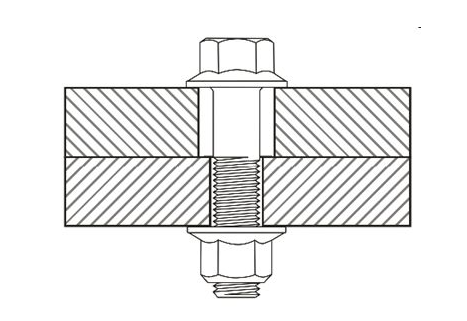 2024.9.14
2024.9.14A clearance hole is necessary to permit a fastener to pass through a material without its threads gripping into it, what size should a clearance hole be for different fasteners such as a M4 screw or a 3/8 bolt. To determine its diameter, check out the clearance hole size chart for metric and imperial bolts, screws, and studs according to ASME B18.2.8 standard. What Is Clearance Hole? A clearance hole is a specific type of hole drilled in a material that is designed to allow a threaded fastener to pass through without engaging the threads. Is is distinct from a tapping drill hole, which ......
-
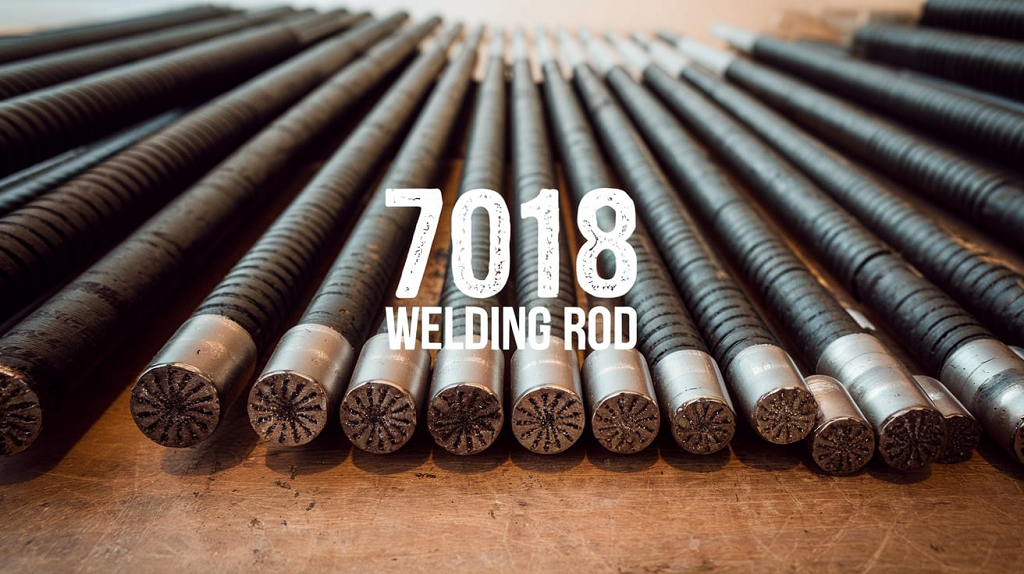 2024.9.12
2024.9.12The 7018 welding rod is a staple in shielded metal arc welding (SMAW), known for its versatility and robust weld characteristics. Here we will explain the meaning behind the numbers, the composition, and the mechanical properties that make the 7018 a preferred choice for various applications. We also break down its benefits, and suitable amperage settings, and compare it to other electrodes like the 7014, providing a complete overview of this essential welding tool. 7018 Welding Rod Meaning The 7018 welding rod is an electrode used in shielded metal arc welding (SMAW). But ......
-
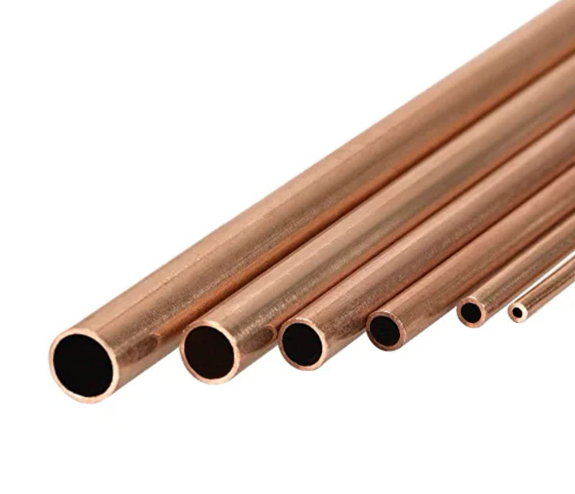 Copper Tubing Types, Dimensions & Measurement – Standard Copper Pipe Size Chart (OD, ID & Thickness)2024.9.10
Copper Tubing Types, Dimensions & Measurement – Standard Copper Pipe Size Chart (OD, ID & Thickness)2024.9.10If you are working on a significant plumbing project, it is crucial to choose the right copper tubing type and dimension. This article will guide you through the types and standard sizes of copper pipes with charts (mm/inches), as well as the measurement methods. Common Types of Copper Tubing/Pipes and Color Codes Copper tubing for plumbing can be classified into different categories by their thickness in the U.S., Canada, and India, there are four regular types of copper pipes indicated by different letters, including Type K, Type L, Type M, and DWV (Drain-Waste-Vent), each type has a ......
-
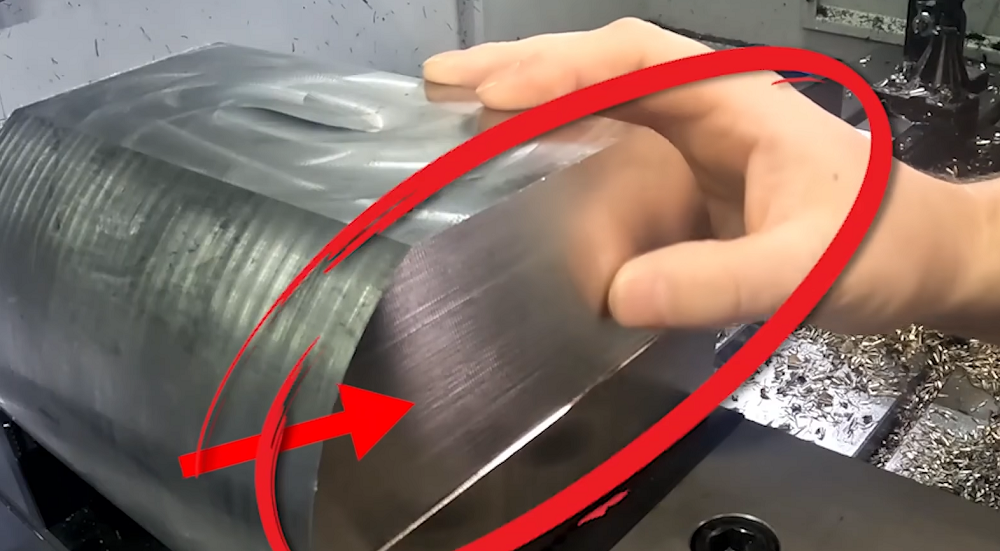 2024.9.9
2024.9.9The chatter in CNC machining can be a pervasive issue, affecting surface quality, tool life, and operational efficiency. Here, we’ll explore the phenomena of chatter, its causes, and practical strategies to mitigate its effects across various CNC machining processes including turning, milling, drilling, and cutting. 1. What is Chatter in Machining? The chatter in machining, also known as vibration, refers to the vibration phenomenon in the cutting operation of machining processes such as CNC milling, turning, drilling, etc., which generates waves on the surface of the ma......
- Home
- Machining techniques
- CNC Machining Services
- Cooperative supply services
- Designs
- Materials
- Finishing Services
- Shop
- Products
- Guide
- About Us
- Contact Us

